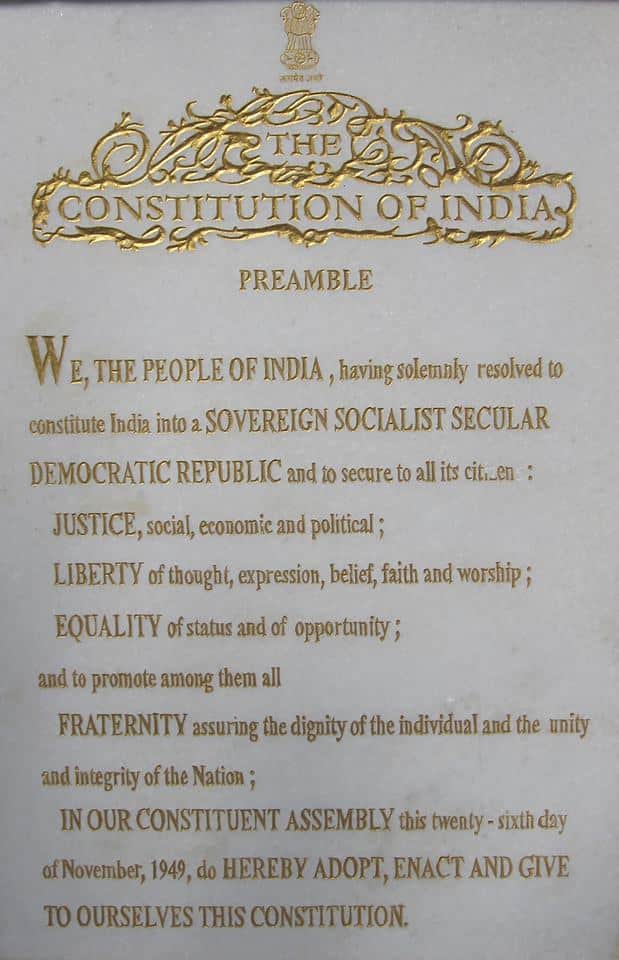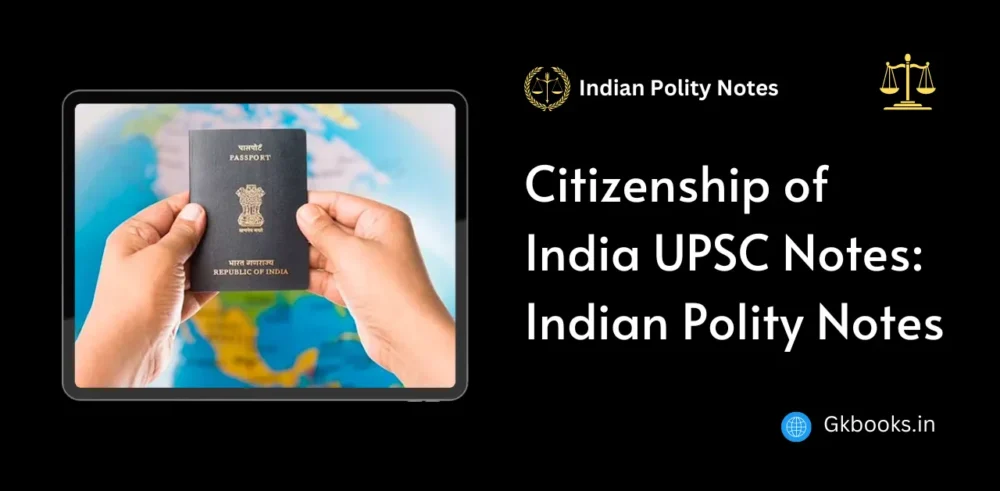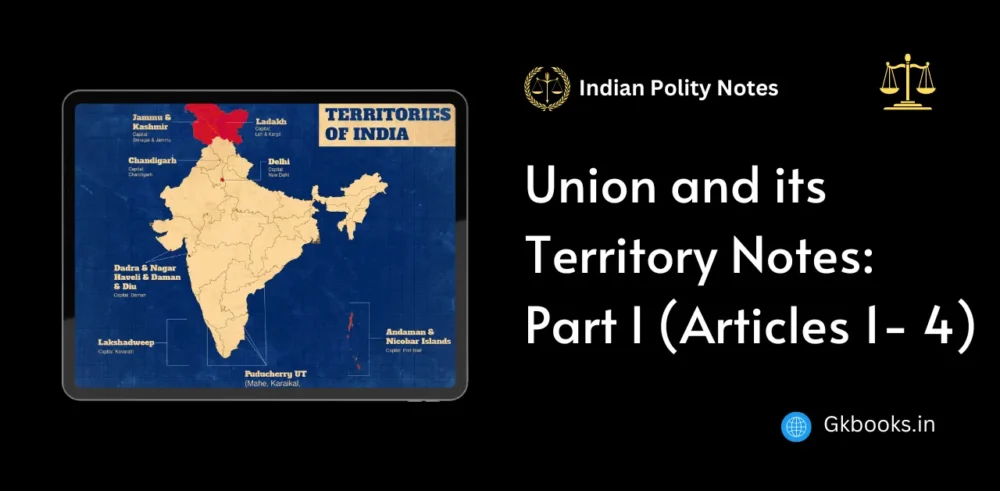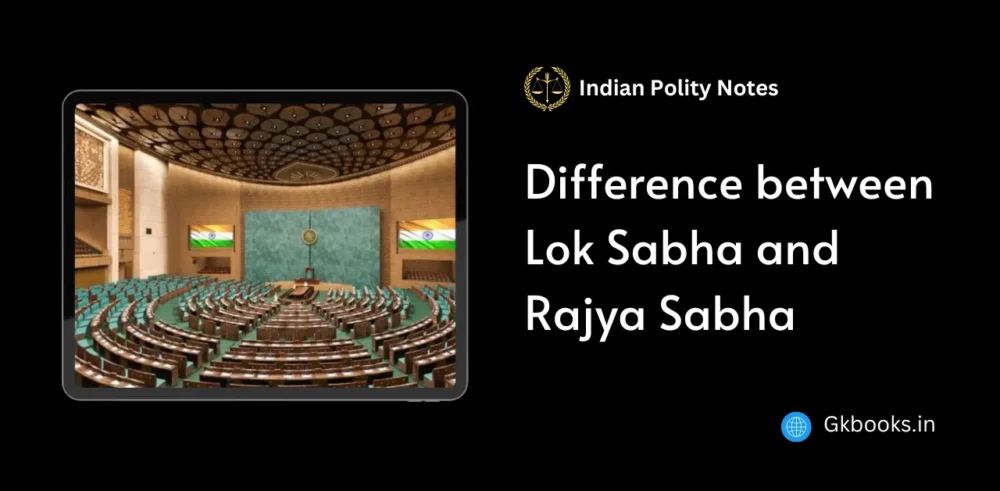The Preamble of the Indian Constitution is like the opening statement of a grand story that tells us about the ideals and goals of our country. For those preparing for competitive exams like UPSC, WBCS, SSC, CDS, and state-level exams, understanding the Preamble is crucial. It outlines the purpose and principles on which our nation is built, serving as a guiding light for our laws and governance.
The preamble to the Indian Constitution

The preamble to the Constitution of India is a short introduction that outlines the main purpose, principles, and philosophy of the Constitution. It provides information about (1) the origin of the constitution, (2) the type of the Indian state, (3) a declaration of its goals, and (4) the date of its adoption.
WE, THE PEOPLE OF INDIA, having solemnly resolved to constitute India into a SOVEREIGN SOCIALIST SECULAR DEMOCRATIC REPUBLIC and to secure to all its citizens:
JUSTICE, social, economic and political;
LIBERTY of thought, expression, belief, faith and worship;
EQUALITY of status and of opportunity;
and to promote among them all
FRATERNITY assuring the dignity of the individual and the unity and integrity of the Nation;
IN OUR CONSTITUENT ASSEMBLY this twenty-sixth day of November, 1949, DO HEREBY ADOPT, ENACT AND GIVE TO OURSELVES THIS CONSTITUTION.
Source of the Constitution
The phrase “We, the people of India” shows that the constitution is created by and for the Indian people, not imposed by any foreign authority. It highlights the idea of popular sovereignty, where all power comes from the people, and the government is accountable to them, as proposed by Rousseau.
Nature of Indian State
- Sovereign: India is free from outside control and its government is elected by the people to make laws. No foreign power can dictate to India.
- Socialist: India follows a Mixed Economy, where both the government and private individuals can own businesses. Socialism aims for social equality.
- Secular: The state does not favor any religion. Everyone has the right to practice any religion freely.
- Democratic: India has a government chosen by the people, who are responsible for their actions.
- Republic: India has an elected President, unlike a monarchy where the ruler is chosen by birthright.
Objectives of Indian State
- Justice: Social, economic, and political fairness for all.
- Equality: Everyone should have the same status and opportunities.
- Liberty: Freedom to think, express, believe, and worship as one chooses.
- Fraternity (Brotherhood): Ensuring dignity for all individuals and unity for the nation.
Date of Adoption
The Constitution of India was adopted on November 26, 1949, but most of its articles came into effect on January 26, 1950.
Article 394 specifies that certain articles, like 5, 6, 7, and others, began immediately on November 26, 1949.
The date January 26th was chosen because it marks the day in 1930 when India declared its independence.
Read More: Difference between Lok Sabha and Rajya Sabha: Complete Details
Interesting Facts about the Preamble of the Indian Constitution
- Calligrapher: The Constitution of India was hand-written by Prem Behari Narain Raizada.
- Chief Artist: Nandalal Bose, assisted by Beohar Rammanohar Sinha, illustrated the original manuscript of the Constitution.
- Preamble Design: Beohar Rammanohar Sinha from Jabalpur designed and decorated the page containing the Preamble.
- Legal Importance: The Supreme Court of India, in cases like Kesavananda, has acknowledged that the Preamble can help interpret parts of the Constitution that are unclear.
- Amendment: In 1976, the Forty-second Amendment added the words “socialist” and “secular” to describe India as a “sovereign socialist secular democratic republic.”
FAQs About Preamble
The preamble was initially drafted by V. K. Krishna Menon.
Notably, Menon did not include “socialist” or “secular” in the original text. These terms were added later during the Indian emergency by Indira Gandhi.
The preamble is an integral part of the Indian Constitution. It serves as an introductory statement that outlines the guiding principles and philosophy of the Constitution.
The Indian Constitution’s preamble does not explicitly mention the word “gender.” However, it does emphasize principles such as justice, equality, and fraternity, which are relevant to gender equality and social justice.
The preamble was proposed before the Constituent Assembly by Jawaharlal Nehru on 13 December 1946. It was accepted on 22 January 1947 and adopted by the Constituent Assembly on 26 November 1949.
The preamble declares India to be a “Sovereign Socialist Secular Democratic Republic.”
It outlines the objectives of securing justice, liberty, and equality, and promoting fraternity among citizens while ensuring the dignity of the individual and the unity and integrity of the nation.
The preamble was adopted on 26 November 1949 and came into force on 26 January 1950, celebrated as Republic Day in India.
More Indian Polity Notes:






